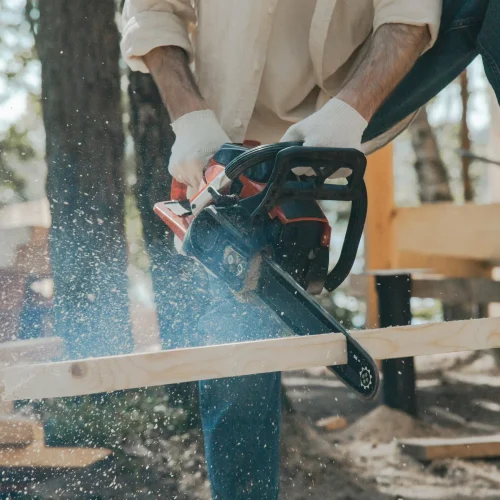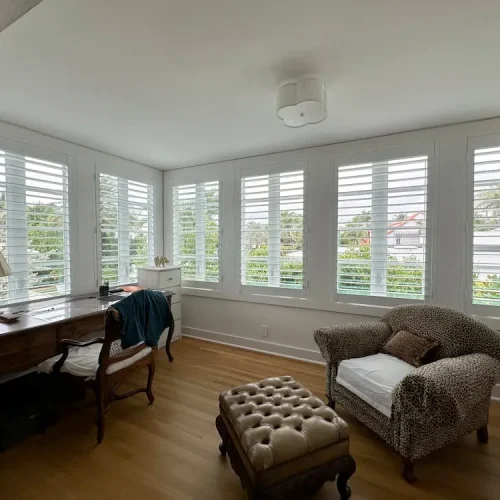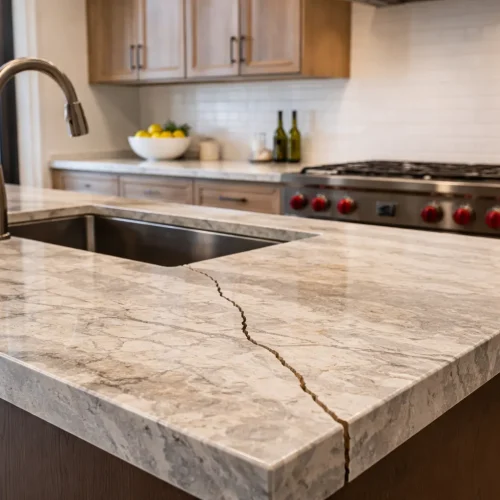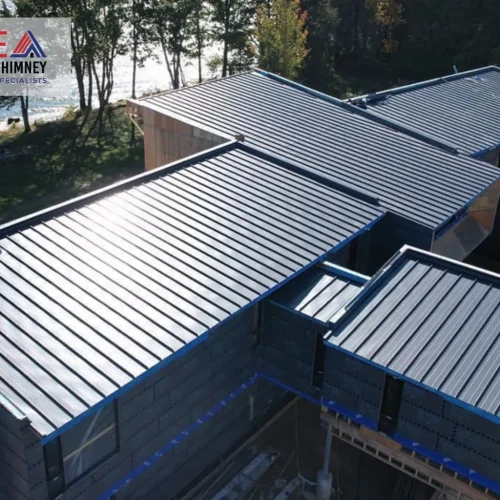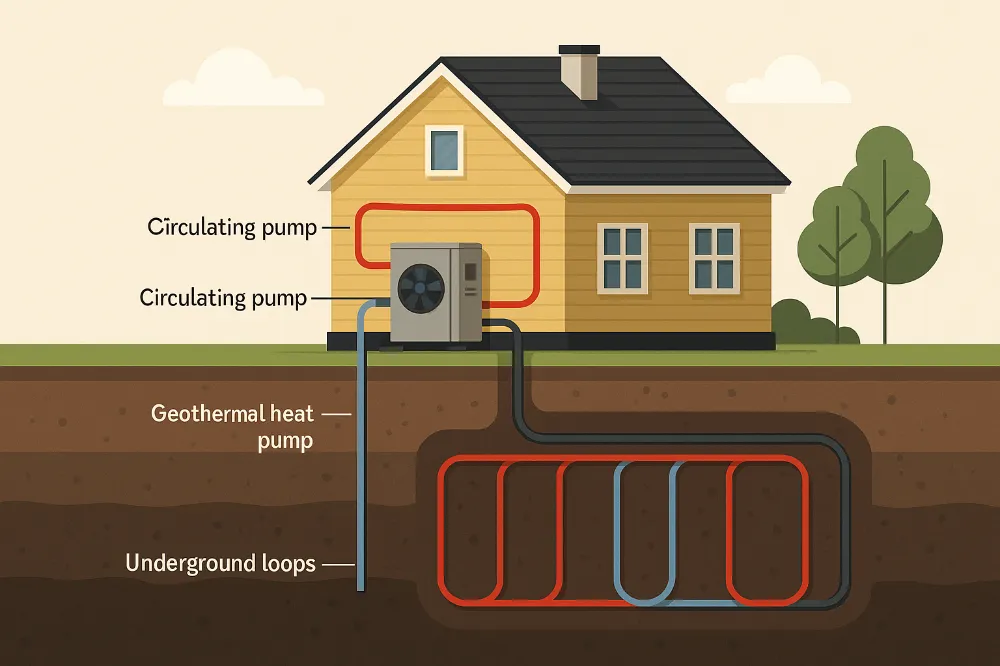
Geothermal heating and cooling systems have grown in popularity for their energy efficiency, longevity, and environmentally friendly operation. However, like any HVAC system, geothermal units occasionally require maintenance or repair to keep them running at peak performance. Understanding the costs associated with geothermal repair can help homeowners budget effectively and avoid unexpected financial surprises.
1. Factors Influencing Geothermal Repair Costs
The cost of geothermal repair varies widely depending on several key factors:
- Type of Repair – Simple issues, such as replacing a thermostat or repairing a minor leak in the loop, tend to be less expensive. More complex repairs, like fixing a failing heat pump or replacing underground piping, can be significantly more costly.
- System Size and Configuration – Larger homes or systems with multiple zones may require more labor and parts, increasing the overall repair cost.
- Age of the System – Older geothermal systems may require more frequent repairs or replacement parts that are harder to source, which can drive up expenses.
- Location – Labor rates and parts availability vary by region, influencing the total cost of service.
On average, minor geothermal repairs can range from $150 to $500, while major repairs, including heat pump replacement or extensive loop system repairs, may cost $2,000 to $6,000 or more.
2. Common Geothermal Repairs
Homeowners should be aware of the most frequent geothermal repair needs, as these often impact cost and urgency:
- Loop System Leaks – The closed-loop system circulating water or antifreeze underground can occasionally develop leaks. Detecting and repairing these leaks requires specialized equipment and expertise.
- Heat Pump Malfunctions – Geothermal heat pumps are the heart of the system. Issues with the compressor, fan, or electrical components can reduce efficiency and require professional repair.
- Circulating Pump Failures – Pumps that move fluid through the loop system may wear out over time, requiring replacement.
- Refrigerant Issues – Leaks or improper levels of refrigerant can lead to inefficient heating or cooling and necessitate professional service.
3. Tips for Reducing Geothermal Repair Costs
Although geothermal systems are known for durability, preventive maintenance can reduce the frequency and cost of repairs:
- Schedule Annual Maintenance – Regular inspections by a licensed HVAC professional help catch small issues before they become major problems.
- Monitor System Performance – Pay attention to changes in heating or cooling efficiency, unusual noises, or system cycling irregularities.
- Keep the Area Around Equipment Clear – Ensure the indoor unit and outdoor loops remain unobstructed to prevent unnecessary strain on the system.
- Invest in Professional Repairs – Attempting DIY repairs on a geothermal system can lead to costly mistakes. Certified technicians have the proper tools and knowledge to fix issues correctly the first time.
4. Planning for Long-Term Costs
While geothermal repair costs can sometimes seem high, homeowners should consider the long-term savings these systems provide. With proper care, a geothermal system can last 20–25 years for the heat pump and over 50 years for the underground loops. By budgeting for occasional repairs and regular maintenance, homeowners can maximize efficiency, minimize downtime, and extend the lifespan of their investment.
5. Cost Breakdown by Component
When budgeting for geothermal repairs, it’s helpful to understand the typical price range for individual parts and services, and in cases where costs add up, some homeowners may consider flexible financing options such as plenti personal loans to manage expenses more comfortably:
| Component/Service | Average Cost Range | Notes |
|---|---|---|
| Thermostat Replacement | $100 – $300 | Basic repairs or upgrades to smart thermostats. |
| Loop Leak Detection & Repair | $500 – $2,500 | Cost depends on leak location and excavation needs. |
| Heat Pump Compressor Repair | $1,200 – $3,500 | Higher cost if a full compressor replacement is needed. |
| Circulating Pump Replacement | $500 – $1,200 | Includes labor and parts; varies by pump type. |
| Refrigerant Recharge | $200 – $800 | Pricing depends on refrigerant type and amount. |
| Control Board Replacement | $300 – $900 | Covers diagnostic and installation labor. |
6. Signs Your Geothermal System Needs Immediate Attention
Addressing early warning signs can help you avoid costly, large-scale repairs. Watch for:
- Sudden spike in utility bills without changes in usage.
- Uneven heating or cooling in different rooms.
- Persistent system cycling (turning on/off more than normal).
- Unusual noises such as grinding, hissing, or banging.
- Water pooling around indoor or outdoor components.
- Error codes or warning lights on your thermostat or control panel.
7. Cost-Saving Strategies for Homeowners
Homeowners can minimize repair expenses with proactive planning:
- Bundle services – If multiple small repairs are needed, have them done in a single service call to reduce labor costs.
- Consider a service contract – Many HVAC companies offer maintenance plans that include discounted repair rates.
- Research rebates & incentives – Some states or utility companies provide rebates for geothermal repairs or upgrades.
- Seasonal scheduling – Booking repairs in the off-season may lower labor rates.
- Keep maintenance logs – Tracking service history helps technicians pinpoint recurring issues quickly.
8. DIY vs. Professional Repairs
While some homeowners may be tempted to tackle repairs themselves, geothermal systems are complex and require specialized tools.
Best left to professionals:
- Refrigerant handling (requires certification)
- Loop system excavation or repair
- Heat pump component replacements
Safe for homeowners to handle:
- Replacing thermostat batteries
- Cleaning air filters
- Clearing debris around the outdoor loop area
- Checking breaker switches for tripped power
9. Long-Term Repair and Replacement Planning
Since geothermal systems have different life spans for components, knowing when to budget for replacements can prevent financial surprises:
- Heat Pump: Replace every 20–25 years.
- Loop System: Can last 50+ years with proper installation and care.
- Circulating Pumps: Typically need replacement every 10–15 years.
- Control Systems: May require updates every 10 years due to technological advances.
By aligning these timelines with a savings plan, homeowners can spread out costs and avoid large, unexpected expenses.
Conclusion
Understanding the factors that affect geothermal repair costs empowers homeowners to plan ahead and make informed decisions. With routine maintenance and timely professional service, a geothermal system can deliver reliable, energy-efficient heating and cooling for decades, providing both comfort and cost savings.
FAQs
Repairs typically range from $1,200 to $3,500, depending on the issue and parts needed.
They can be, due to specialized equipment and expertise, but long-term operating savings often offset costs.
Most minor repairs are completed in a few hours, while major repairs can take one to three days.
Only simple tasks like filter cleaning or thermostat battery replacement; complex repairs require certified technicians.
Coverage varies—most policies cover damage from sudden events, not normal wear and tear.
At least once a year for routine maintenance and inspection.
Heat pumps last around 20–25 years, while loop systems can last over 50 years with proper care.






